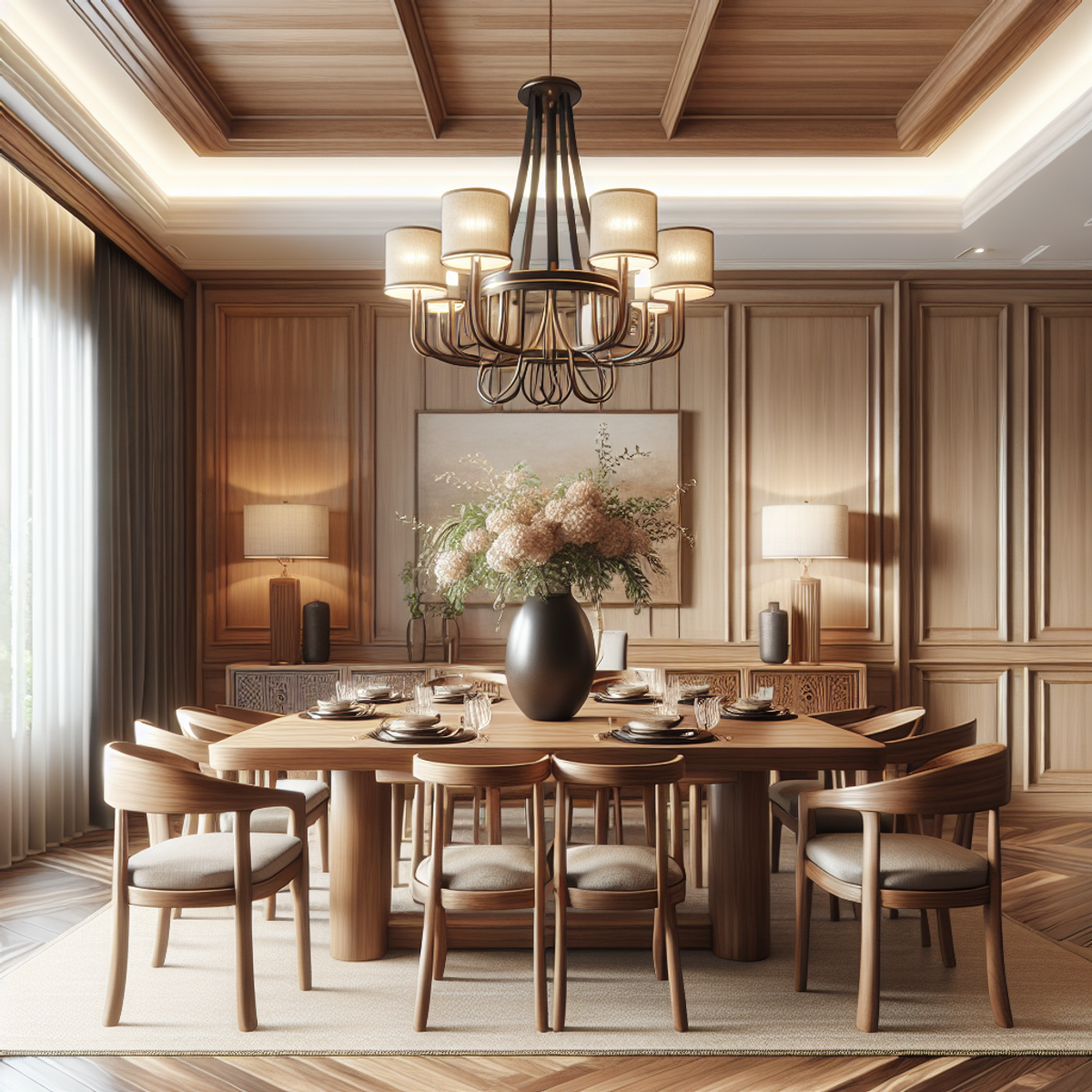Investing in solid wood furniture can be a rewarding experience, offering both aesthetic beauty and long-lasting durability. With so many options available, knowing what to look for is crucial. This guide will help you navigate the process of purchasing high-quality solid wood furniture, ensuring you make a choice that you’ll be happy with for years to come.
1. Understanding Solid Wood vs. Other Materials
First, it’s essential to distinguish between solid wood and other materials often used in furniture manufacturing:
- Solid Wood: Made from a single piece of wood or multiple pieces of the same type of wood joined together. It is durable, repairable, and has a unique grain pattern.
- Veneers: Thin slices of wood glued onto a core of less expensive material, like particleboard or MDF (medium-density fiberboard). While more affordable, veneers are less durable than solid wood.
- Particleboard/MDF: Made from wood fibers, sawdust, or chips bonded with resin. These materials are cheaper but less durable and harder to repair than solid wood.
2. Choosing the Right Type of Wood
Different types of wood offer varying degrees of hardness, color, and grain patterns. Here are some popular choices in the Indian furniture manufacturing context:
India is home to a diverse range of hardwoods that are widely used in furniture manufacturing. Understanding the characteristics of these woods can help you make an informed decision when purchasing solid wood furniture.
- Mango Wood: This wood is a sustainable option, as it is sourced from mango trees that have completed their fruit-bearing cycle. Mango wood is hard, dense, and has a unique grain that adds character to furniture. It is also relatively affordable compared to other hardwoods.
- Acacia: Acacia wood is valued for its hardness and beautiful grain patterns. It is durable and resistant to wear and tear, making it an excellent choice for furniture that needs to withstand heavy use.
- Sheesham (Indian Rosewood): Known for its rich, dark color and distinct grain patterns, Sheesham is highly durable and resistant to decay. It is a popular choice for high-quality furniture and intricate carvings.
Although Sheesham (Indian Rosewood) faces strict export restrictions due to its inclusion in the CITES (Convention on International Trade in Endangered Species of Wild Fauna and Flora) Appendix II. This listing means that while international trade in Sheesham is not completely banned, it is regulated to ensure that its trade does not threaten the species’ survival. Exporters need to obtain proper permits and certifications, demonstrating that the wood has been harvested sustainably and legally, to comply with these international regulations.
3. Inspecting Construction Quality
The construction of the furniture significantly impacts its durability and longevity. Here’s what to look for:
- Joints: High-quality furniture will have joints that are either dovetailed, mortise-and-tenon, or tongue-and-groove. These joints provide superior strength compared to simple butt joints or staples.
- Back Panels and Drawer Bottoms: These should be made from solid wood or plywood, not particleboard. They should also be securely attached with screws or strong joints.
- Corner Blocks: Check for corner blocks in places where the furniture meets at a right angle. These provide additional support and stability.
4. Evaluating the Finish
The finish on solid wood furniture not only enhances its appearance but also protects the wood. Here are some tips:
- Smooth and Even: The finish should be smooth, even, and free from bubbles, dust specks, or rough patches.
- Protected Edges: Ensure that edges and corners are well finished and not prone to chipping.
- Test the Finish: Lightly scratch a hidden area with your fingernail. A good finish will not scratch easily.
5. Checking for Stability
Even the best materials and construction won’t matter if the furniture isn’t stable. Test the stability of the piece by:
- Shaking It: Gently shake the piece to ensure it doesn’t wobble or creak.
- Sitting and Using: If it’s a chair or a table, sit on it or lean on it to see if it feels solid and sturdy.
- Inspecting Legs: Furniture legs should be an integral part of the frame, not just glued or nailed on.
6. Considering the Source
Where and how the wood is sourced can affect the quality and environmental impact of the furniture:
- Sustainability: Look for furniture made from sustainably sourced wood, certified by organizations like the Forest Stewardship Council (FSC), Programme for the Endorsement of Forest Certification (PEFC), VRIKSH -Timber legality assessment and verification program by Export Promotion Council for Handicrafts (EPCH) or any trusted independed third party system.
- Reputation: Buy from reputable manufacturers known for their quality craftsmanship and ethical sourcing practices.
7. Budget and Longevity
While solid wood furniture can be more expensive than other types, it’s often a worthwhile investment due to its durability and timeless appeal. Consider the long-term value rather than just the upfront cost.
Conclusion
Purchasing high-quality solid wood furniture requires careful consideration of the type of wood, construction quality, finish, and stability. By paying attention to these details and choosing pieces from reputable sources, you can ensure that your investment will bring beauty and functionality to your home for many years to come. Happy furniture hunting!



